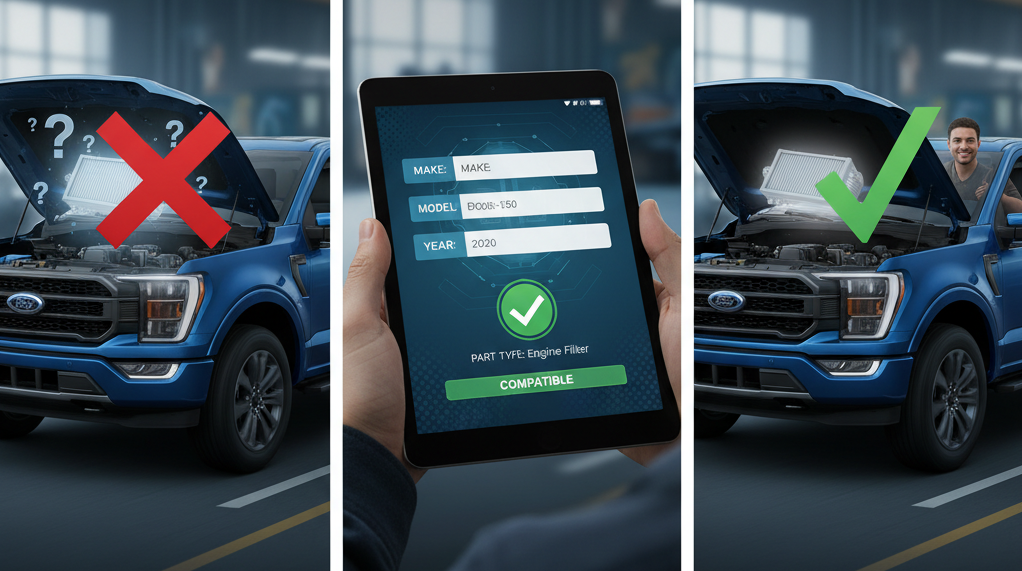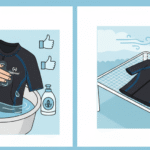Why Compatibility Matters
Making sure a replacement part fits your truck is crucial. Installing the wrong part can lead to breakdowns, performance issues, safety risks, and even void your vehicle’s warranty. Whether you’re a fleet manager or an independent operator, choosing the right part saves time, money, and stress down the road.
Information You Need Before Buying
Before purchasing any part, gather these key details about your vehicle:
- Make and model
- Year of manufacture
- Vehicle Identification Number (VIN)
- Engine type or configuration
- Chassis or body type
This information helps ensure accurate matching, especially when multiple versions of a part exist across model years or vehicle variants.
OEM vs Aftermarket Parts
OEM (Original Equipment Manufacturer) parts are made by the vehicle’s original supplier, ensuring a direct fit and high-quality match. Aftermarket parts, on the other hand, are made by third-party manufacturers and may vary slightly in design or material.
While OEM parts offer guaranteed fitment, many aftermarket components are built to the same or even better specifications. They’re often more affordable and widely available. If you’re sourcing parts locally, you’ll find a wide range of both OEM and aftermarket truck parts Penrith drivers trust for reliability and cost-effectiveness.
Using Manufacturer Part Numbers
Every genuine truck part has a part number, and this number is your best tool for finding an exact match. You can usually find it in the vehicle’s service manual, stamped on the old part, or via the manufacturer’s online catalog. Cross-referencing this number ensures you’re purchasing the correct component—even if the product looks different from your original.
Fitment Tools and Online Resources
Many parts suppliers offer online fitment tools that let you filter results by vehicle make, model, and year. Some also provide exploded diagrams, compatibility tables, and VIN look-up tools. These resources help eliminate guesswork, especially for more technical components like axle assemblies or suspension parts.
Getting Help from Experts
If you’re unsure, speak with a parts specialist. Local suppliers often have firsthand experience with specific makes and can identify parts based on photos, dimensions, or technical details. When shopping in areas like Penrith, dealing with knowledgeable teams can make all the difference in avoiding delays or returns.
Mistakes to Avoid When Selecting Parts
A few common mistakes include:
- Relying solely on how the part looks in photos
- Ignoring small spec changes between model years
- Assuming compatibility across engine variants
- Not checking the dimensions or connection types
Always verify the part number and check technical data before purchasing.
Final Checks Before Installing
Before fitting the part, inspect it closely. Compare dimensions, mounting points, and connector styles. A quick dry-fit can prevent bigger issues during installation. If something feels off, don’t force it—contact the supplier and recheck your specs.
Key Takeaways
Getting the right truck part isn’t just about finding a match that “looks” the same. It’s about precision, compatibility, and protecting your investment. Take time to gather your truck’s details, use manufacturer part numbers when possible, and don’t hesitate to ask for advice. With the right approach, you’ll keep your vehicle running reliably and efficiently for the long haul.












